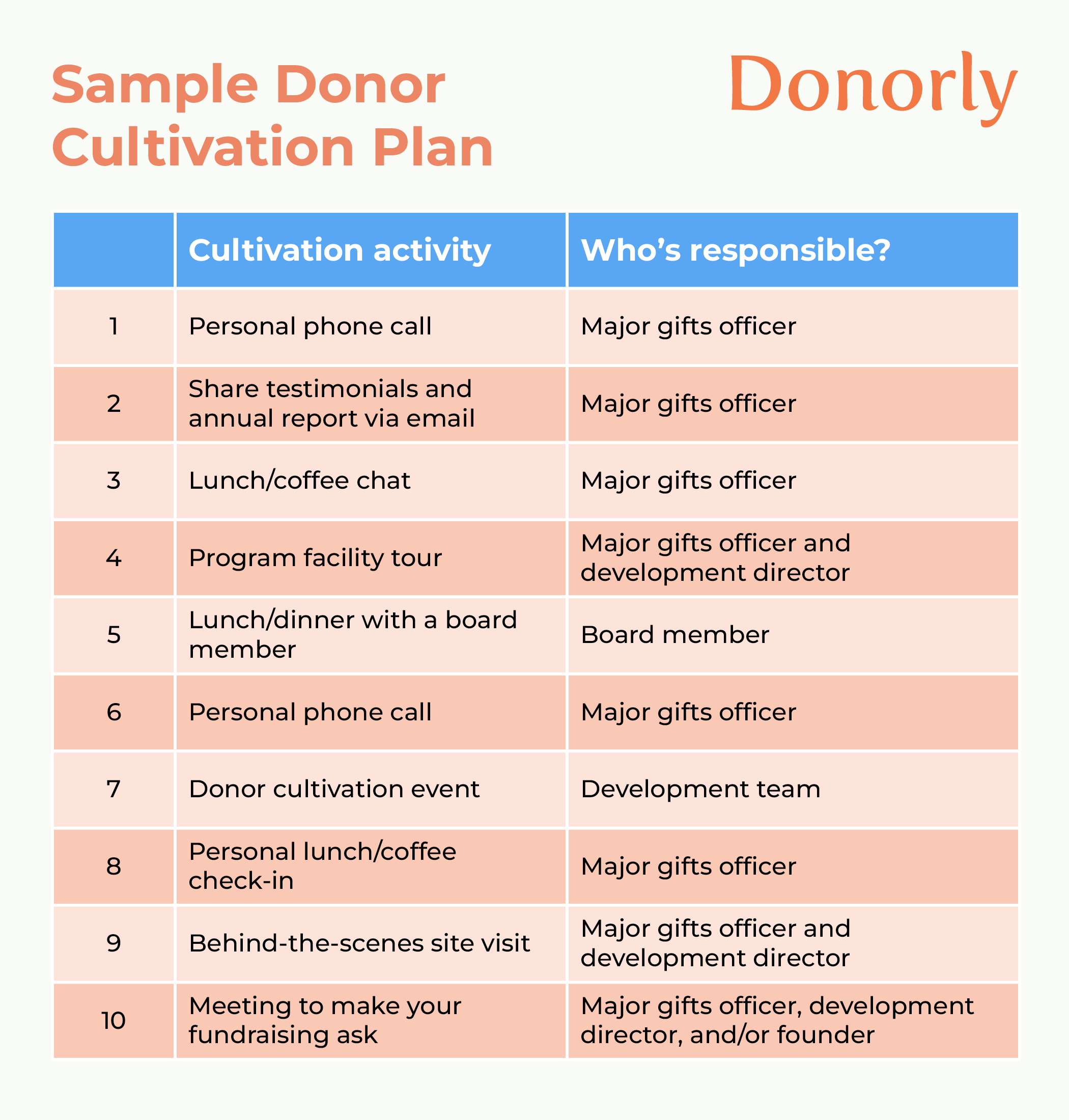
Your board of directors makes future-defining decisions about the direction of your organization, whether it’s a company, nonprofit, or association. These leaders oversee finances, organizational strategy, and much more.
It takes more than dedication to successfully serve on a board—it involves plenty of well-developed skills and industry knowledge, too. While all the responsibilities on board members’ plates come with plenty of learning opportunities in themselves, you can set your organization’s board members up for success by supplementing on-the-job experience with additional learning opportunities.
Whether your board members need more insight into budgeting, governance, or major giving, these tips will help you provide the training they need to thrive in their roles and effectively drive your organization forward.
1. Assess your board members’ current skills.
First, assess the skills your board members currently have and identify any gaps or immediate learning opportunities. You can do this in a number of ways, but Double the Donation suggests asking board members to conduct self-assessments to encourage deeper reflection.
Start by developing an assessment that includes a variety of questions about board members’ skills and the effectiveness of the board overall. Ask open-ended questions like:
- Which aspects of the role do you feel most comfortable with?
- How confident do you feel in your [fundraising, budgeting, etc.] abilities?
- What specific skills would you like to improve in the next [quarter or year]?
- On a scale of 1 to 10, how well do you feel the board represents the values of our organization?
- Do you think board meetings are productive and efficient? How could they be improved?
- How well do you think the board of directors communicates and works together? How could the board improve?
- In your estimation, does the board successfully plan, communicate, and execute its strategic plans?
- What is your top priority for board member skill development in the next year?
Based on the answers you receive, you can better gauge board members’ leadership, communication, and governance skills as well as their views on the board’s overall effectiveness.
In addition to conducting an initial assessment, consider scheduling annual or quarterly self-evaluations to encourage a culture of continuous improvement. This can inspire board members to focus on developing their skills and even seek out additional learning opportunities on their own.
2. Seek out external training resources from experts.
Once you know which skill development areas your board members want to focus on, your leadership team can start locating specific training resources to facilitate improvement. These opportunities often include:
- Conferences: Attending leadership or professional conferences gives board members access to various learning opportunities, such as panels with experts, Q&A sessions, and other activities.
- Webinars: Many online webinars are available for free and recorded for those who can’t attend the live session. This means your board members can easily access and learn from webinars on various topics, from governance to how to communicate in a crisis.
- Online courses: Self-paced courses are great for individual skill development. Although they may be more expensive than other options, they provide a wealth of information, flexibility for members, and reusability.
- In-person boot camps: A one-day or multi-week training boot camp gives board members a chance to learn through in-person conversations and activities. Plus, if your board members attend as a group, they can use the skills they learn in sessions to work through specific challenges they’ve been facing.
You can also work directly with a trainer or consultant to give board members more personalized, holistic training sessions. For instance, Donorly’s guide to capital campaign consultants explains that some consultants can train board members on fundraising and major donor solicitation best practices ahead of a capital campaign.
Consider which learning resources would be most helpful for your board members based on their availability, learning styles, and preferences. To accommodate these differences, consider offering both group and individual learning opportunities.
3. Improve your board member onboarding experience.
Set all current and future board members up for success long-term by improving your onboarding process. Take what you’ve learned from your assessments and initial engagement with learning opportunities, then incorporate these insights into your approach to onboarding new members.
Along with educating new members on their responsibilities, your organization’s bylaws, and other essentials, you should provide training that helps them develop key skills and competencies like:
- Communication skills
- Strategic planning
- Governance
- Financial management
- Diversity, equity, and inclusion (DEI) practices
- Crisis management
- Fundraising, development, and donor stewardship, if relevant
Beyond the basics, focus on ways to improve the onboarding experience based on the skills and knowledge that you see board members most often lack.
For example, a nonprofit might add a donor cultivation crash course to its initial board member training assessment results, indicating that few members came in with confidence in the process.
In the training session, you’d then provide a rundown of the fundraising process and the board’s roles in its various stages. Consider asking an outside expert like a fundraising consultant or trainer to provide the training, and share resources like the sample cultivation plan below to give board members a better understanding of where they fit into your organization’s process.

Store resources like this in accessible locations, like a shared Google Drive or a training portal, and make them available to new board members. This way, new members can refer back to them anytime and answer questions that come up later.
Board membership isn’t a static position. Your members know that they have various changing responsibilities and a duty to serve your organization to the best of their abilities. With these tips and a mindset of continuous improvement, you can help your board members do just that and thrive in their roles—ultimately benefiting both your organization and their own careers.
Post Views:
52



